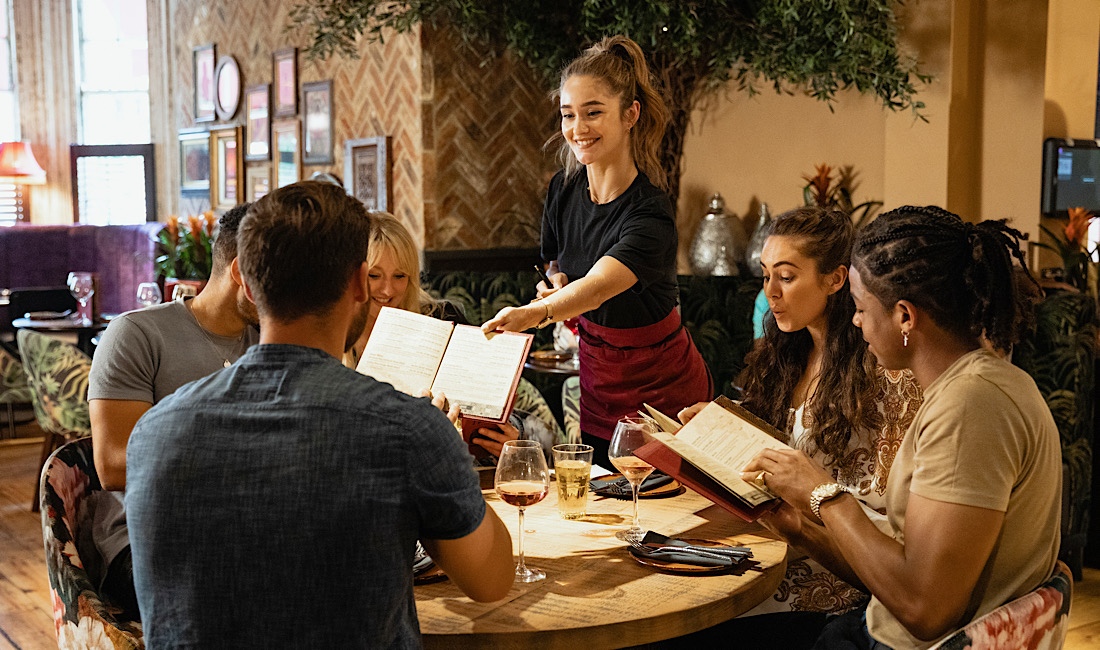
Washington, DC’s restaurant scene has always been a hub of innovation, drawing inspiration from politics, international culture, and a sophisticated local clientele. But as costs climb and competition intensifies, restaurants in the District must go beyond ambiance and service to stay profitable. In 2025, menu engineering has emerged as one of the most effective strategies for increasing margins while enhancing guest satisfaction. By applying a data-driven approach, restaurants can transform menus from simple lists of dishes into powerful financial tools. For operators in the capital, working with a restaurant menu engineering consultant in DC ensures their menu strategy aligns with both customer preferences and profitability goals.
Why Menu Engineering Matters in Washington, DC
DC restaurants face unique pressures. High commercial rents, fluctuating labor markets, and food costs impacted by global supply chains mean operators must constantly adjust to maintain profitability. At the same time, the city’s diverse, international customer base expects variety, innovation, and quality.
Menu engineering blends psychology and financial analysis, helping restaurants:
- Identify high-margin items and position them for maximum visibility.
- Reduce reliance on low-profit dishes that strain operations.
- Guide guest choices subtly through design and layout.
- Adjust portion sizes or ingredient mixes without sacrificing perceived value.
According to Cornell Hospitality Quarterly, restaurants that implement menu engineering can see profit increases of 10–15%, even without changing traffic levels. In DC, where thin margins are a daily reality, that shift can keep restaurants competitive.
Data-Driven Menu Strategy for 2025
Menu engineering in 2025 is no longer based solely on intuition. DC restaurants are leveraging technology and analytics to build smarter menus.
- POS Data Analysis: Tracking which items sell most often and at what times helps operators identify menu “stars” versus “dogs.”
- Contribution Margin Analysis: Beyond sales volume, analyzing the actual profit contribution of each item ensures high-margin dishes are prioritized.
- Menu Psychology: Strategic placement of profitable items in the “sweet spots” of menus—top right corners, highlighted boxes, or chef recommendations—guides diners’ choices.
- Dynamic Pricing: Some DC operators are experimenting with flexible pricing models, adjusting costs based on demand, seasonality, or ingredient availability.
Restaurant menu engineering consultants in DC frequently integrate this analysis with customer feedback platforms, ensuring menu changes align with both financial performance and guest preferences.
Enhancing Guest Satisfaction Through Menu Design
A profitable menu does not sacrifice customer satisfaction—it enhances it. The right strategy creates clarity, value perception, and excitement for diners.
- Simplification: Trimming oversized menus improves decision-making and reduces kitchen strain.
- Dietary Transparency: With growing demand for plant-based and allergen-friendly options, clearly labeled items build trust and accessibility.
- Storytelling: Highlighting local sourcing or chef specialties appeals to DC diners, who often value authenticity and sustainability.
- Visual Appeal: Clean design, professional photography, and easy-to-read formatting elevate the dining experience.
Restaurants that invest in guest-centered menu strategies often see higher repeat visits and better online reviews, both of which drive long-term profitability in a competitive market like Washington, DC.
Financial Benefits of Menu Engineering
The financial upside of menu engineering is substantial for operators in high-cost markets. By identifying underperforming items and boosting visibility for profitable ones, restaurants can shift customer behavior without raising menu-wide prices.
- Higher Margins: Adjusting placement and descriptions of high-margin items increases order frequency.
- Reduced Waste: Streamlining menus reduces perishable inventory and improves kitchen efficiency.
- Balanced Operations: Aligning menu items with kitchen capacity reduces ticket times and labor stress.
A National Restaurant Association study found that 78% of restaurants that adopted menu optimization in 2024 reported stronger financial stability within six months. In DC, where policy changes and economic swings impact costs regularly, these strategies offer operators a financial buffer.
Why DC Restaurants Should Work with Menu Engineering Consultants
Designing a profitable, guest-friendly menu requires both creative and analytical skills. A restaurant menu engineering consultant in DC brings expertise in finance, design, and consumer behavior, ensuring menus achieve both revenue and satisfaction goals. Consultants also tailor strategies to DC’s unique dining environment—whether it’s fine dining near Capitol Hill, casual eateries in Adams Morgan, or fast-casual spots serving the lunch rush downtown.
By combining financial analysis with local market insight, consultants give restaurants the tools to not only survive but thrive. For operators looking to stay ahead in 2025, menu engineering is no longer optional—it is essential.
If your DC restaurant is ready to transform its menu into a powerful business tool, The Gilkey Restaurant Consulting Group can guide you through every step. From data analysis to design execution, our team ensures your menu boosts margins, delights guests, and positions your restaurant for long-term success.